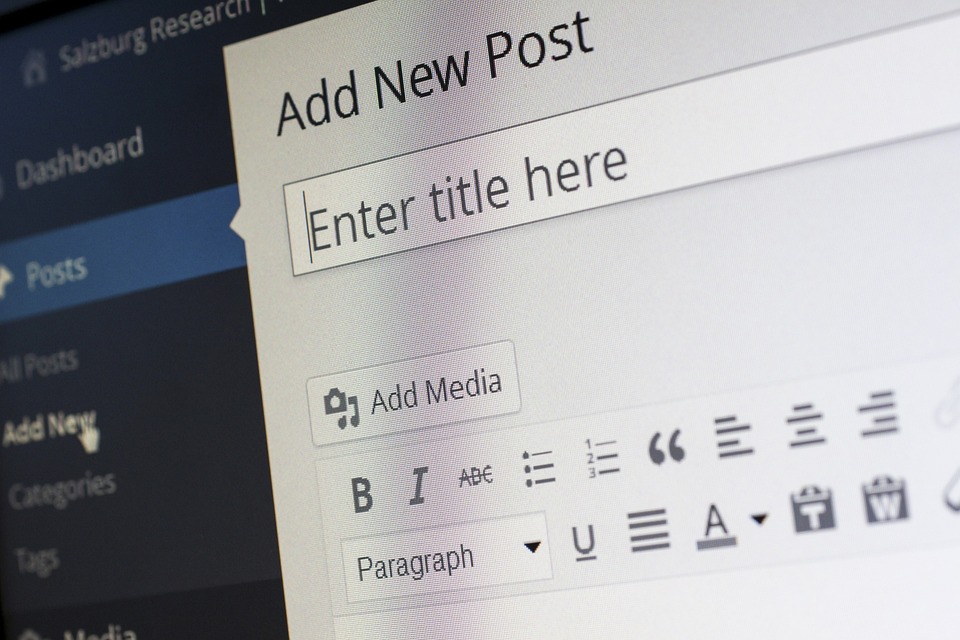A Complete Guide to Understanding Social Media Platforms
Social media has come a long way since the inception of MySpace in 2003. Today, social media platforms serve as an integral part of our daily lives, and not just for personal use. These platforms are now critical for businesses to connect with customers, promote their brand, and increase sales. Whether you are a social media newbie or a seasoned pro, this guide will provide a comprehensive understanding of the various social media platforms and how to leverage them effectively for personal and business use.
Why Are Social Media Platforms Critical Today?
Social media platforms have the unique ability to bridge geographical borders, language barriers, and demographic divides. They are an essential communication tool for people from all walks of life, allowing them to connect and engage with each other, regardless of distance or limitations. Social media is particularly important for businesses, where it provides a level playing field for small and large businesses alike to promote their products and services to a global audience at a low cost.
Types of Social Media Platforms
Social media platforms can be categorized into different types depending on their usage, target audience, and the nature of content they offer. Below are some common types of social media platforms:
1. Social Networks – These platforms make it easy to connect with like-minded individuals or friends and family. Users can share personal information about their life, interests, and form groups or pages based on shared interests.
Examples: Facebook, LinkedIn.
2. Microblogging Platforms – These platforms allow users to post short-form content, usually less than 280 character. It’s ideal for fast-paced, real-time communication.
Examples: Twitter, Tumblr.
3. Photo Sharing Platforms – These platforms are used to share, upload, and edit photos and videos. They offer a visual way to communicate with an audience, making them particularly useful for businesses that rely on visual content to sell their product.
Examples: Instagram, Snapchat.
4. Video Sharing Platforms – These platforms are popular with younger generations for entertainment purposes. They allow users to create and share video content that can be easily consumed in short bursts.
Examples: YouTube, TikTok.
Leveraging Social Media Platforms
Now that you have a basic understanding of the different types of social media platforms, it’s essential to know how to leverage them effectively. Here are some tips to use social media platforms for personal and business use.
1. Define Your Goals – Before jumping into any social media platform, it’s essential to define your goals. Your goals will determine which platform to use, what content to create, and how to measure success. For example, if your goal is to connect with professionals, using LinkedIn is a better option than Instagram.
2. Create Unique Content – In the crowded world of social media, standing out is essential. Create content that resonates with your audience and matches your brand. Always use high-quality images, engaging captions, and video, if possible.
3. Engage with Your Audience – Social media is all about building relationships. Engage with your audience by responding to comments, posting polls, and asking for feedback. It’s an excellent way to build loyalty and foster a sense of community.
4. Know Your Audience – Understanding your audience’s demographics, interests, and behavior is essential to creating content that resonates. It can also help you determine which platform to use.
5. Use Hashtags – Hashtags are essential to expand your reach on social media platforms. Create brand-specific hashtags and use relevant, trending hashtags when appropriate.
FAQs
1. What is the most popular social media platform?
Facebook is the most popular social media platform, with over 2.8 billion active users.
2. Can I use social media for business purposes?
Yes, social media is an efficient tool for businesses to connect with their audience, promote their products, and increase sales.
3. Is there any benefit to using more than one social media platform?
Yes, using multiple social media platforms can expand your reach and help you connect with different types of audiences.
4. Can social media negatively impact mental health?
Yes, social media can have a negative effect on mental health if overused or used to compare oneself to others.
5. What is the recommended amount of time one should spend on social media platforms?
It’s recommended to limit social media use to 30 minutes to an hour a day to avoid overuse and potential negative mental health effects.
Conclusion
Social media platforms are an integral part of our daily lives and provide tremendous benefits when used correctly. Whether you want to connect with friends, family, or business partners, there is a social media platform for everyone. Use the above tips and tricks to leverage social media to your advantage and achieve your personal and business goals.






